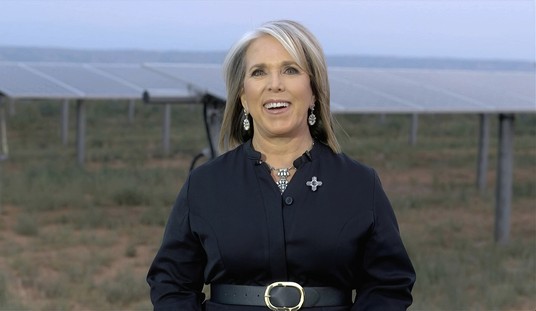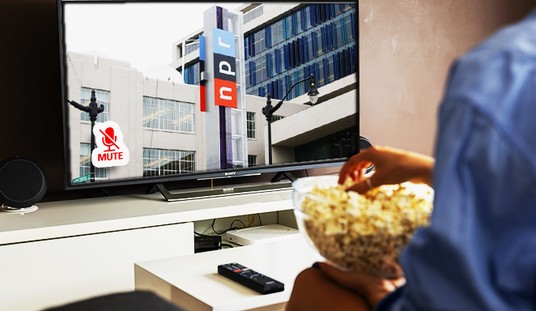The Walmart Corporation just delivered its quarterly reports and the news was good financially across the spreadsheets. Its revenue grew by +5.7% year-over-year, with its monetary haul beating Wall Street estimates by a few billion dollars, leading to a $1.80 EPS announcement, also besting street estimates. As a result, the stock reached a new high price.
Also included in the report was the announcement that the company was making a significant acquisition. The store chain will be buying the flatscreen television manufacturer Vizio in a stock purchase that will total $2.3 billion, at a rate over 20 percent higher than its stock price. Vizio had been trading in January at around $7 until news leaked of the buyout, spiking to an $11 level. The reasons behind this are what is interesting.
Walmart currently stands as the largest retailer for Vizio products, but this buyout has less to do with the retail side of things. The store chain is eyeing its expansion opportunity through Vizio’s smart TV platform. The intention is for Walmart to step up and become more of a direct competitor with Roku, Amazon, and YouTube in the direct-marketing arena, intending to leverage Vizio’s OS through its built-in television apps.
The acquisition…would enable Walmart to connect with and serve its customers in new ways including innovative television and in-home entertainment and media experiences. It would also create new opportunities to help advertisers connect with customers, empowering brands with differentiated and compelling opportunities to engage at scale and to realize greater impact from their advertising spend with Walmart. The combination would be expected to further accelerate Walmart’s media business in the U.S., Walmart Connect, bringing together VIZIO's advertising solutions business with Walmart’s reach and capabilities.

The deeply interesting aspect is that this might serve as a transformative aspect of Walmart’s growth as a corporation. The margins expected through this marketing system will be greater than those in the retail space, and it was one year ago when top executives indicated the company would be transitioning so that it will see more of its profits from the service and advertising sector than from the brick-and-mortar sales that turned the company into a behemoth. (The appeal of moving from retail in some cities actually seems to make sense.) This purchase of the smart TV maker is a key component of that 5-year projection.
This move serves to be another shot across the bow for Amazon. Where its FireTV had been a forerunner to customers being able to cut the cord from cable television, it has already met strong competition through Roku, through both its digital device and the growing presence of the Roku app pre-installed in smart TVs. Now with Walmart being able to front-end with the television set itself it can elbow its way into both the app presence and other onscreen advertising opportunities in the home.
Amazon has had the edge as far as leading the way into the streaming realm and the e-commerce sector, but Walmart has long been bolstered by its physical store revenue stream, allowing it to flex more muscle in the arenas where it lagged. Amazon, meanwhile, does not have as large of a footprint in retail, as it is traveling in the opposite direction, at a much costlier investment. When the company purchased Whole Foods seven years ago it was an investment of well over $13 billion.
Now these titans will have another battleground in the coming years.














Join the conversation as a VIP Member